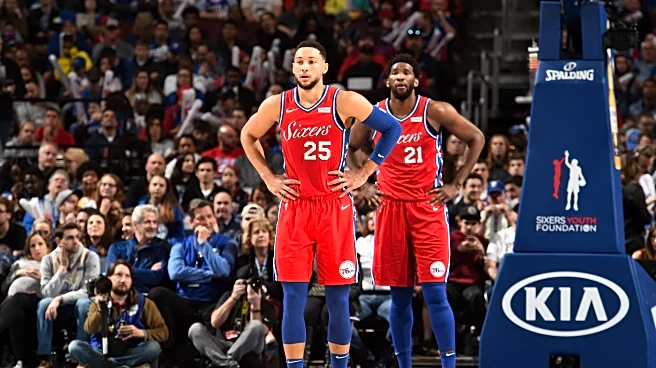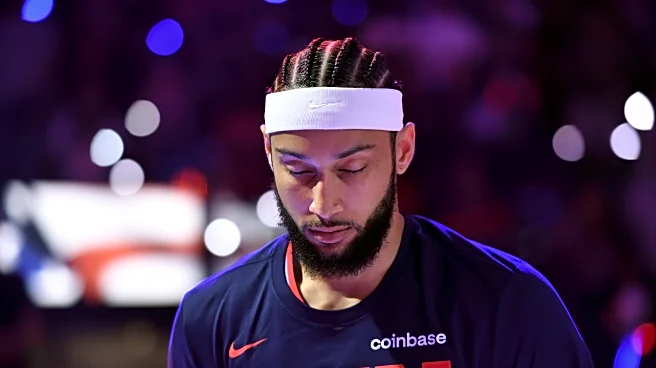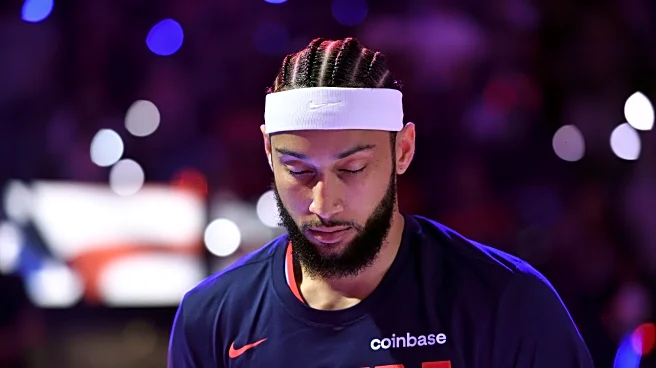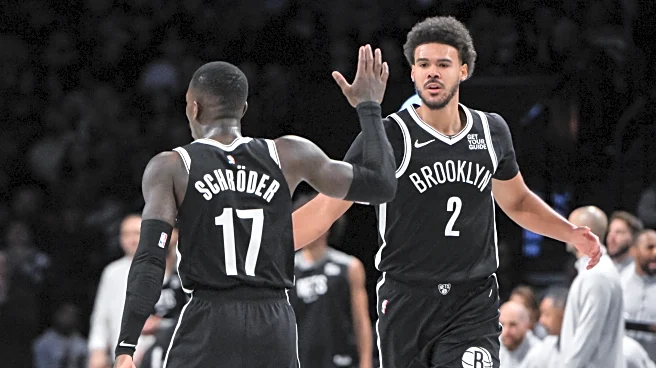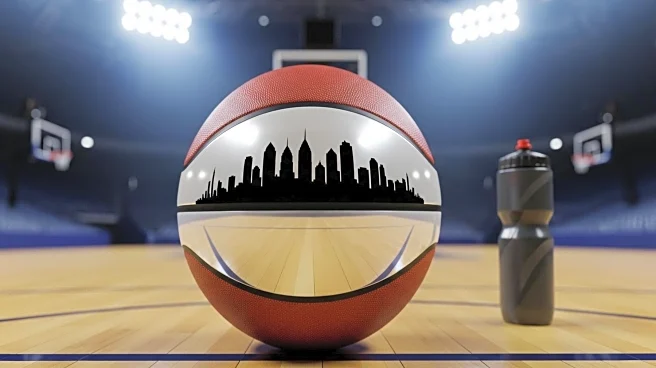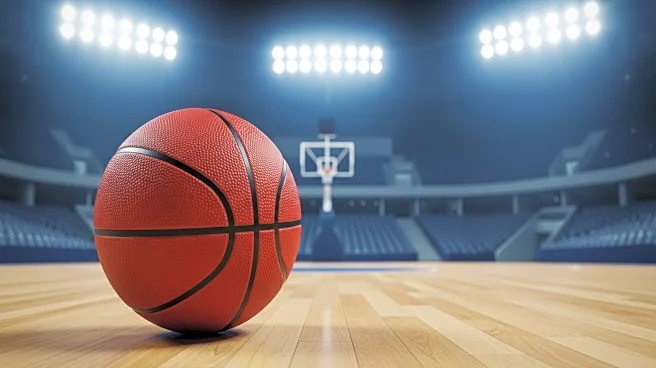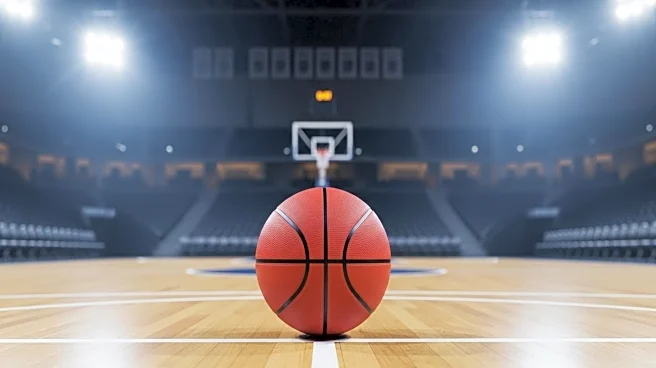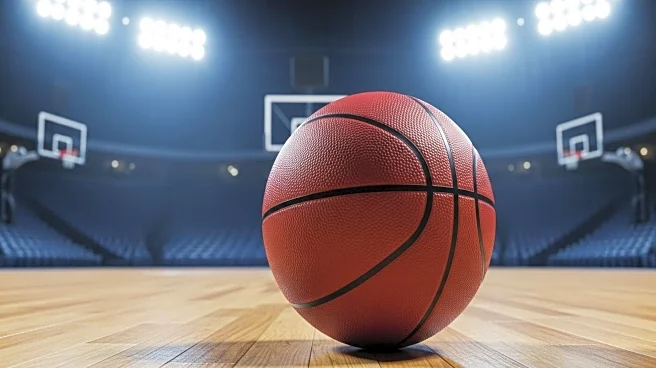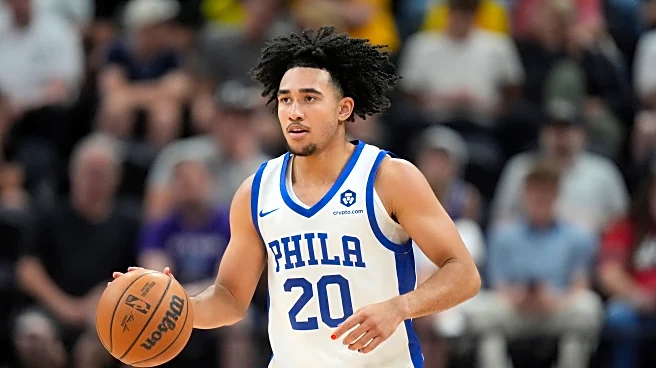
The 2016 Sixers draft party was the last one they’d host at PCOM, which felt more like a grade school gym than an NBA establishment. While their state-of-the-art practice facility across the river in Camden was still being built, a player the franchise believed would be a cornerstone of The Process was about to be selected first overall.
There was no suspense there. Ben Simmons had been the consensus No. 1 pick throughout his one-and-done season at LSU. Sure, guys like Brandon Ingram and Jaylen Brown
worked out for the Sixers, but they didn’t get a public photo op with the team’s true foundational piece, Joel Embiid. With those two in the fold, it felt like — after the losing and league-staged coup — things were beginning to come together.
Simmons was billed as the next Magic Johnson — a jumbo-sized playmaker who tantalizes in the open court and plays an unselfish brand of basketball. We saw glimpses of it, but unlike Johnson, Simmons always left fans wanting more.
Sadly, if he decides to step away from the NBA before his 30th birthday, that will likely be his lasting legacy. Despite a Rookie of the Year award, three All-Star appearances, two All-Defensive Team selections and an All-NBA nod, it will always feel like Simmons could’ve been so much more.
With how spectacularly Simmons flamed out in Philly, people seem to lose sight of how spectacular he was as a rookie. He averaged nearly a triple-double (15.8 points, 8.2 assists, 8.1 rebounds) for a team that won 52 games, captured the East’s third seed and won a playoff series. Embiid was beginning to scratch his MVP-level surface, but as you’ll recall, an orbital bone fracture after a collision with rookie Markelle Fultz cost the big man the final eight games of the regular season.
Prior to Embiid’s injury, the Sixers had won eight straight games. There was concern his absence would stall the team’s attempt to climb the East standings. At just 21 years old, in his first NBA season, Simmons rose to the occasion. Over the next seven games (he barely played in the season finale, a blowout win over the Milwaukee Bucks), he averaged 17.3 points, 10.0 rebounds and 9.6 assists. The buyout additions of Ersan Ilyasova and Marco Belinelli, along with JJ Redick and Robert Covington, provided Simmons with the ideal procession of shooters. The team closed the regular season on a ridiculous 16-game winning streak.
Though Simmons’ postseason output was marred by a one-point Game 2 performance in Boston in the second round, he was mostly really good during that playoff run. Despite that forgettable outing, Simmons averaged 16.3 points, 9.4 rebounds and 7.7 assists during the 2018 postseason. It’s not hyperbolic to say the Sixers don’t beat the Miami Heat in the first round without Simmons, considering Embiid missed the first two games and was still rounding into form when he returned.
The next season saw the acquisition of Jimmy Butler. If folks were still considering it The Process at that point, it was over in that moment. The team acquired a star player to support their budding young superstars in the hopes of winning a championship. While Embiid and Butler famously became close, it was actually Simmons who initially formed a bond with the mercurial forward. Who could forget the “headband brothers”? Tobias Harris came on board a couple months later. The expectations were sky high.
While Simmons took a massive leap defensively during that postseason — Brett Brown made the decision to put Simmons on Kawhi Leonard, which helped stymie the superstar (save for … you know) — his struggles in halfcourt offense were exacerbated by Nick Nurse and the Toronto Raptors defense. Brown also made the decision to shift Simmons off the ball and give the keys to the offense to Butler. That was sort of the beginning of the end for Simmons here.
While 2019-20 was a lost season for the Sixers in a bunch of ways — not the least of which was letting Butler walk and signing veteran big man Al Horford — it was likely Simmons’ best pro season. He made his second All-Star team, made the All-NBA Third Team, All-Defensive First Team and finished fourth in Defensive Player of the Year voting. While he suffered his first documented back injury in February — after arguably the best combined game for Simmons and Embiid ever against the LA Clippers — the pandemic gave Simmons time to get healthy and be ready for the NBA bubble.
There was a considerable amount of optimism around Simmons heading into Orlando. Not only was Simmons playing the best basketball of his career, but Brown also made the decision to remove Horford from the starting lineup and make Shake Milton the team’s de facto point guard. In the first exhibition games the Sixers played in Disney, Simmons even took (and made) some threes. Unfortunately, a knee injury in the third regular-season game down there cost Simmons the rest of the season. The Sixers stood no chance against the Celtics and were swept in the first round.
There was renewed optimism for the 2020-21 season. Brown was out and Doc Rivers took over as head coach. Not long after, the team tapped Daryl Morey to run the front office. Morey quickly went to work fixing the previous regime’s mistakes. On the night of the 2020 NBA Draft, Morey selected Tyrese Maxey, Isaiah Joe and Paul Reed. He also swung two trades to shed Horford’s contract and Josh Richardson, acquiring Seth Curry and Danny Green to provide Embiid and Simmons optimum spacing.
While the team had a tremendous amount of success on the court, a rift began between Simmons and Morey just a couple months into the season. With the Rockets putting superstar guard James Harden on the trade block, Morey unsurprisingly pursued a deal for the player he enjoyed so much success with in Houston. The main return for the Rockets would have included Simmons — both financially and from a basketball standpoint. Ultimately, The Beard wound up in Brooklyn, but the damage had been done. Simmons was prepared to be a Rocket, to the extent he reportedly began house shopping in Houston.
Simmons’ displeasure reflected in his play as he put up career-worst numbers across the board. The back issues that plagued him the year prior also returned. Despite that, the Sixers had success as a team and captured the East’s No. 1 seed, mostly thanks to an MVP-caliber season from Embiid. Simmons then had a weird, up-and-down playoff run, which culminated in the lasting image most Sixers have of him — The Pass.
If you’re reading this, it’s likely seared into your memory.
Rivers and Embiid were too forthright in their response to Simmons’ postseason struggles for the point guard’s liking. Then the ensuing holdout and trade to the Nets ended things. It’s hard to believe how fast it all went by. After a mostly disastrous stint with the Nets, Simmons played 18 games for the LA Clippers after being bought out last season. He played sparingly and was a non-factor as the Clippers fell to the Denver Nuggets in seven games in the first round.
You can see the physical toll the back surgeries have taken. Simmons is nowhere near the athlete he once was. Since he didn’t do much to improve the other aspects of his game, here we are.
So, was Simmons misunderstood or immature? Maybe both.
There had always been a vibe that Embiid and Simmons basically got to do whatever they wanted. Simmons had this weird habit of wanting to leave the arena as fast as possible after every game. There was even a game where Simmons beat Brown to the podium — never seen a player address the media first before or after that. He was generally curt with the press, though some of the incessant shooting questions were a bit much (especially when Simmons was playing extremely well otherwise). Overall, he was just sort of a weird cat.
And of course, the relationship with Embiid was never perfect, but got downright bitter at the end. We’ll always have that one All-Star Weekend in 2020.
The peaks and valleys were wild. He’d turn in some of the most impressive two-way performances you’ve ever seen, but then simply disappear in other games, especially in the playoffs. Looking back now, it just feels sad. After years of mediocrity and the struggles of The Process, Simmons provided hope. It’s hard to remember that now, but it was there. Full transparency, there was a night or two when I pondered if it would be Simmons who would eventually become an MVP candidate.
Alas.
Why didn’t it work out? Physical health? Mental health? Did Simmons simply not love the game?
We might never know, which feels fitting for Ben Simmons — a player who often scratched the surface but never hit his ceiling.
